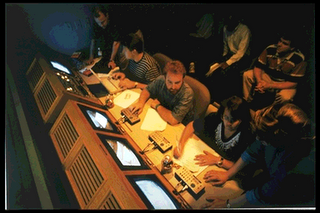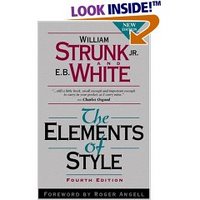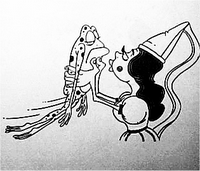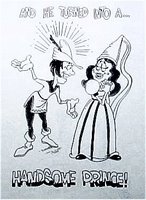Virtual Assistants
“A Virtual Assistant (VA) is an independent entrepreneur providing administrative, creative and/or technical services. Utilizing advanced technological modes of communication and data delivery, a professional VA assists clients in his/her area of expertise from his/her own office on a contractual basis." This is a quote from the International Virtual Assistants Association.
The International Virtual Assistants Association (IVAA) is a non-profit organization dedicated to the professional education and development of members of the Virtual Assistance profession, and to educating the public on the role and function of the Virtual Assistant. While certification is by no means requisite for IVAA members, IVAA holds the distinction of being the only organization offering the comprehensive IVAA Certified Virtual Assistant (CVA) exam, recognized internationally as the standard that Virtual Assistants strive to attain. Information is provided to the public so that a qualified virtual assistant can be found for your project.
You can check out more on virtual assistants at http://www.ivaa.org/








